· Hello Steemians! This post will be educational, or something like that, and dedicated to all the people who start in the world of photography and do not know where to start. I clarify that this post is only instructive and does not mean that photography should be like that. The rules were made to break, but for that, we must first put them into practice.
It is very important to configure our camera to show us the grid at the time of photographing, many people do not use it because they do not know its function, here in this post you will see how you can take advantage of the grid panel.
Hola Steemians! Este post será educativo, o algo así, y dedicado a todas las personas que comienzan en el mundo de la fotografía, y no saben por dónde comenzar. Aclaro que este post es solo instructivo y no quiere decir que la fotografía debe ser así. Las reglas se hicieron para romperse, pero para eso primero debemos ponerlas en práctica.
Es importantísimo configurar nuestra cámara para que nos muestre la cuadrícula siempre a la hora de fotografiar, muchas personas no lo utilizan porque no saben su función, aquí en este post verán de que manera pueden sacarle provecho al panel cuadriculado.

Compositional Laws
1 - Law of support in the angles.
This law establishes that the same line should enter and exit through two corners of our photograph. As I demonstrate in this photograph, it does not always need to be precise since our eye completes the line.
Ley de apoyo en los ángulos
Esta ley establece que una misma línea debería entrar y salir por dos esquinas de nuestra fotografía. Como demuestro en esta fotografía no siempre necesita ser preciso ya que nuestro ojo completa la línea.

Broken Law:
This photograph was made to a concrete structure and does not comply with the law of support in angles, but that does not make a bad photograph or yes? While breaking the law of angles complies with the Law of Parallelism.
Ley Rota:
Esta fotografía fue hecha a una estructura de concreto y no cumple para nada la ley de apoyo en ángulos, pero eso no la hace una mala fotografía o sí? Mientras que rompe la ley de ángulos cumple con la Ley de Paralelismo.
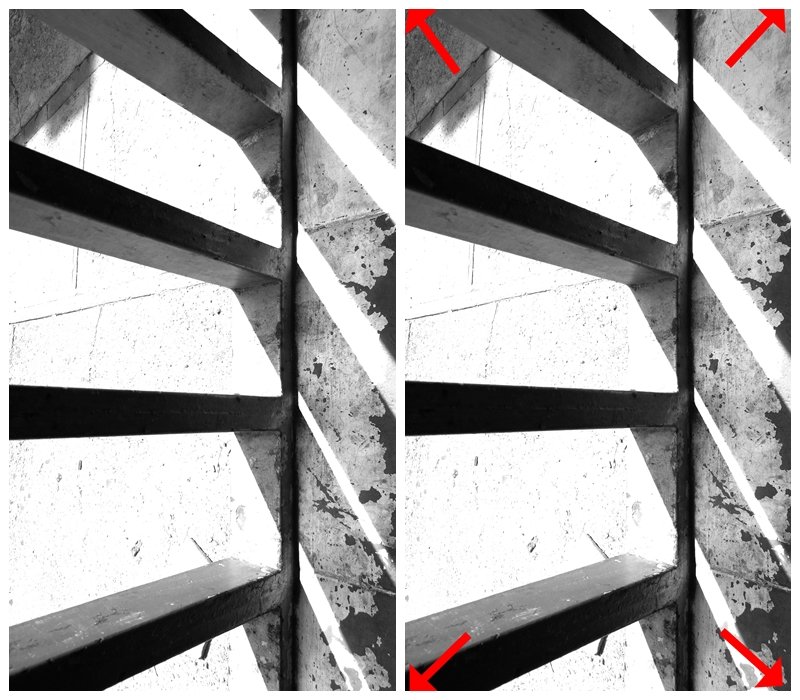

2 - Law of the look:
This law indicates that when photographing someone who looks to one side we must give space in the picture of the photograph to the side where the person looks. As I teach in the following example:
Ley de la mirada:
Esta ley indica que al fotografiar a alguna persona que mira hacia un lado debemos darle espacio en el cuadro de la fotografía hacia el lado donde mira la persona. Como enseño en el siguiente ejemplo:


Broken Law:
In this photograph that I made I broke this rule, but that does not make a bad photograph or does it?
Ley rota:
En esta fotografía que realicé rompí esta regla, pero eso no la hace una mala fotografía o sí?



3 - Law of the thirds
This is one of the "most important" laws and I really say it, my eye is so used to this law that I find it hard to break it. It establishes that when we want to highlight an object in the picture of the photograph, it must be located in one of the four points of the grid, those are the so-called gold points or auric zones used to give something greater importance. As I show in the example:
Ley de los tercios:
Esta es una de las leyes ''más importantes'' y de verdad lo digo, mi ojo está tan acostumbrado a esta ley que me cuesta romperla. Establece que cuando queremos destacar un objeto en el cuadro de la fotografía, se debe ubicar en uno de los cuatro puntos de la cuadricula, esos son los llamados puntos de oro o zonas áuricas utilizadas para darle a algo mayor importancia. Como enseño en el ejemplo:

Broken Law:
Even though her face is located in the points of tension her eyes are not in them that would be the "ideal". But that does not make a bad photograph or does it?
Ley rota:
A pesar de que el rostro de ella está ubicado en los puntos de tensión sus ojos no están en ellos que sería lo ''ideal''. Pero eso no la hace una mala fotografía o sí?

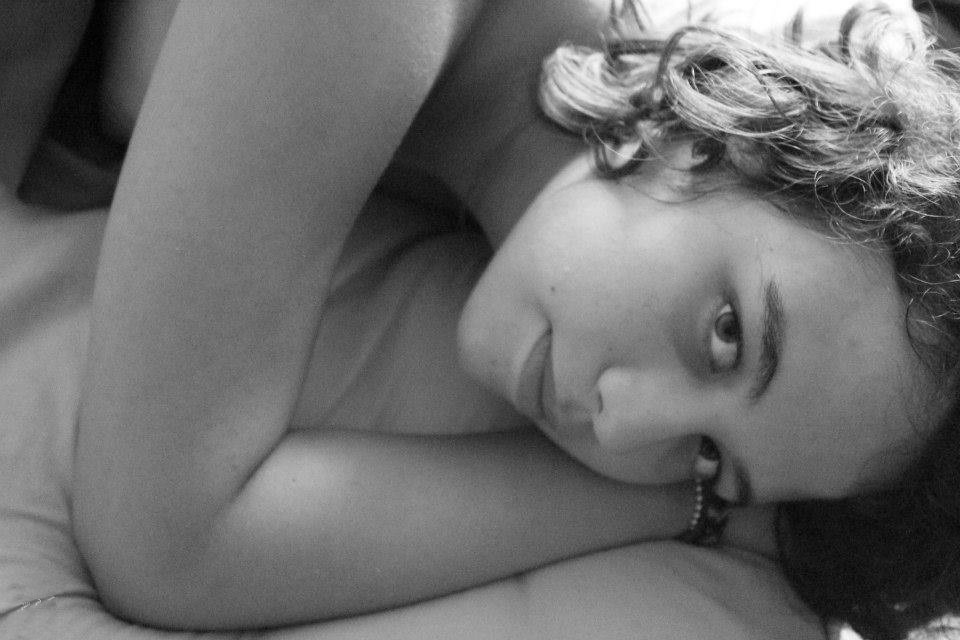

4 - Law of the horizon:
This law states that when taking a photograph in a landscape we must locate the horizon in one of the two horizontal lines of the grid.
Ley del horizonte:
Esta ley establece que al tomar una fotografía en un paisaje debemos ubicar el horizonte en una de las dos líneas horizontales de la cuadrícula.


Broken Law:
In this photograph I have left the horizon much lower than the line, and that does not make a bad photograph or does it?
Ley Rota:
En esta fotografía he dejado el horizonte mucho más abajo de la línea, y eso no la hace una mala fotografía o sí?

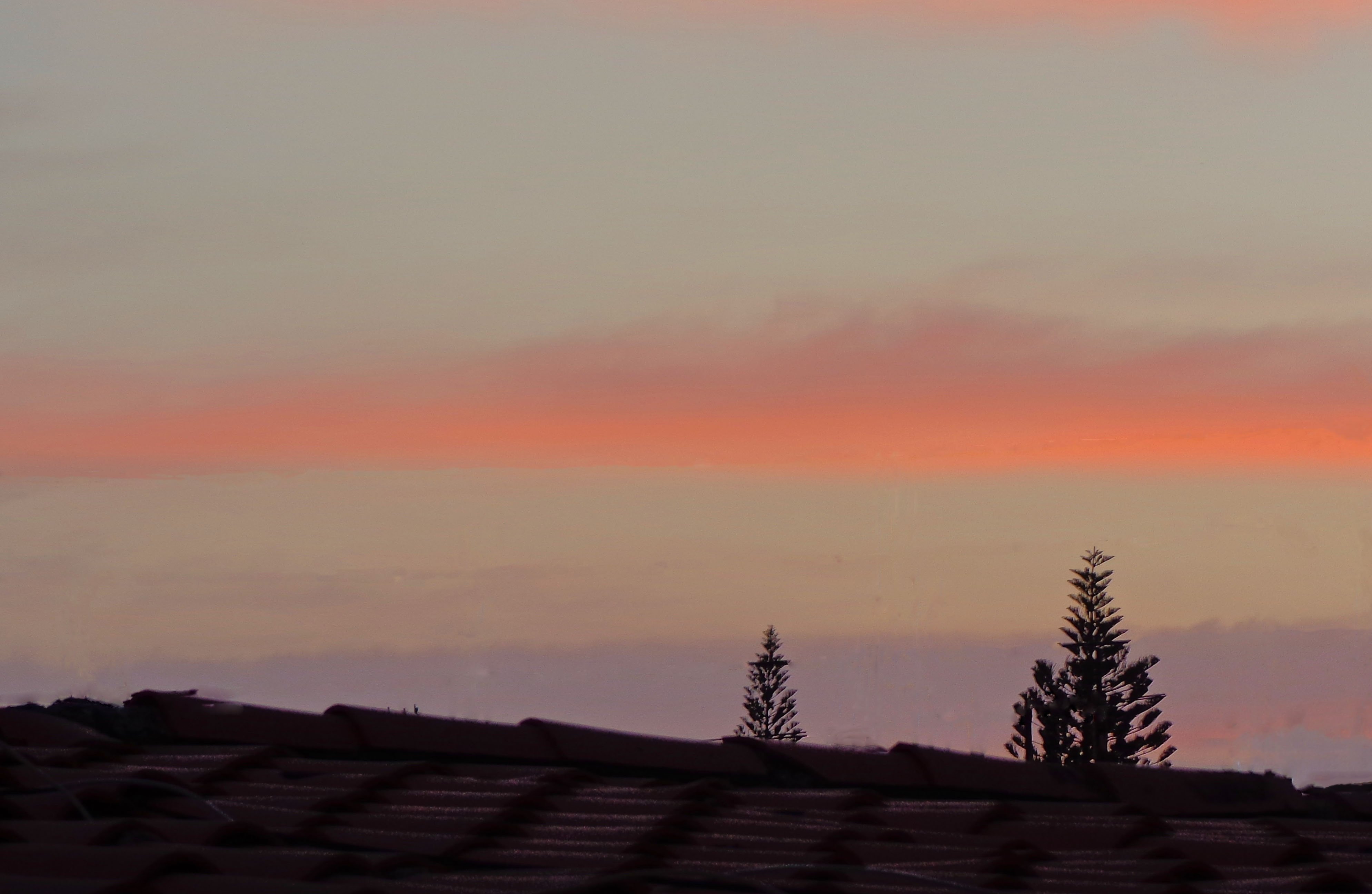

5 - Law of parallelism:
This law says that the lines of the structures or what we are photographing must be parallel to the lines that limit our photography as I show it below:
Ley de paralelismo:
Esta ley dice que las líneas de las estructuras o lo que estemos fotografiando deben ser paralelas a las líneas que limitan nuestra fotografía como lo enseño a continuación:

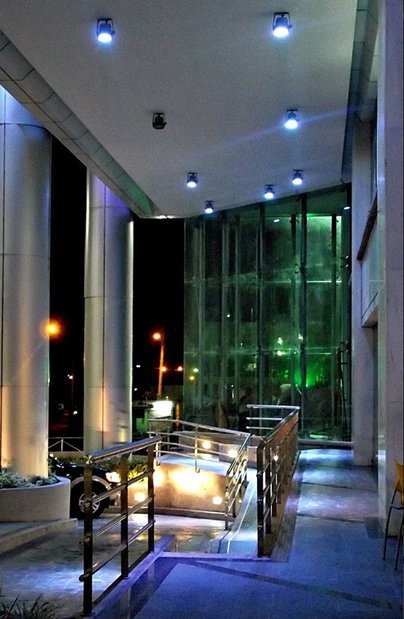
Broken Law:
This photograph made to a large antenna in the mountains completely breaks with the law of parallelism although it complies with the law of the horizon, does not that make a bad photograph or yes?
Ley Rota:
Esta fotografía realizada a una gran antena en las montañas rompe totalmente con la ley del paralelismo aunque cumple con la ley del horizonte, eso no la hace una mala fotografía o sí?

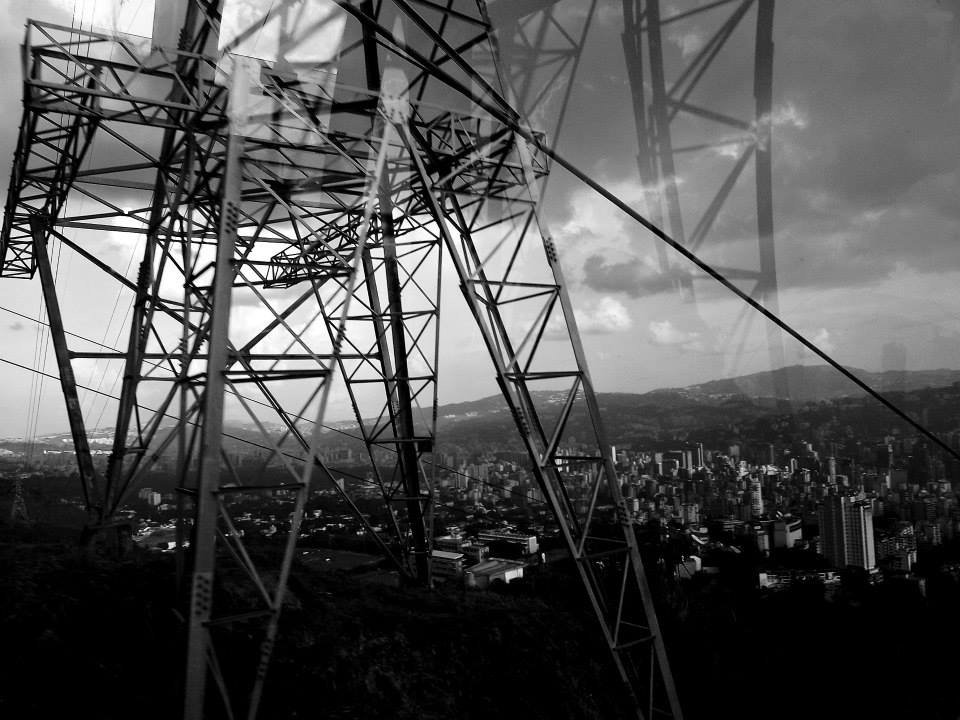

To conclude I want to tell you that although the laws were made to break them, it is necessary to know them, it is always necessary to go through the academy in the art world, because that is how we will finally dominate art in its entirety, creating even our own laws. Everything we put into a photograph is intentional, we learn to compose and decompose according to our ideals.
Para concluir quiero decirles que aunque las leyes fueron hechas para romperlas, es necesario conocerlas, siempre es necesario pasar por la academia en el mundo del arte, pues es así como finalmente dominaremos el arte en su totalidad, creando incluso nuestras propias leyes. Todo lo que ponemos en una fotografía es intencional, aprendamos a componer y descomponer de acuerdo a nuestros ideales.

Thanks for be here! ~ Gracias por estar aquí!
Twitter: @ilhuna_
Instagram: @ilhuna
Flickr: https://www.flickr.com/photos/ilhunaphoto/
All the pictures used in this post are mine.
©2018 María Zerpa


